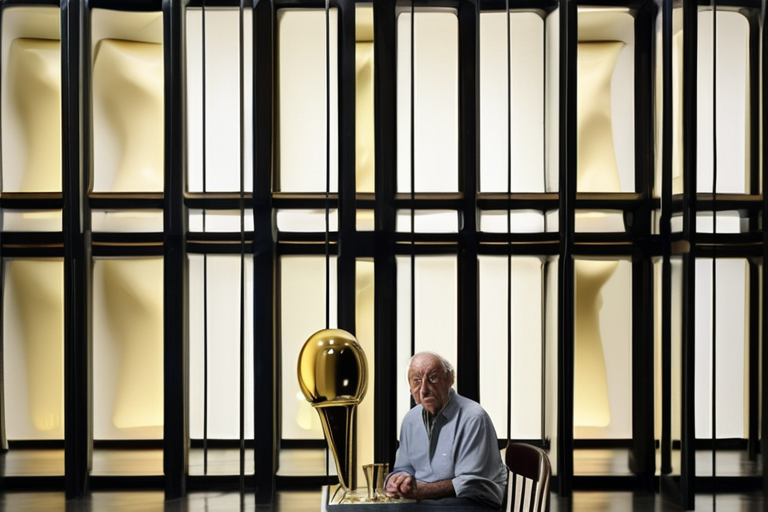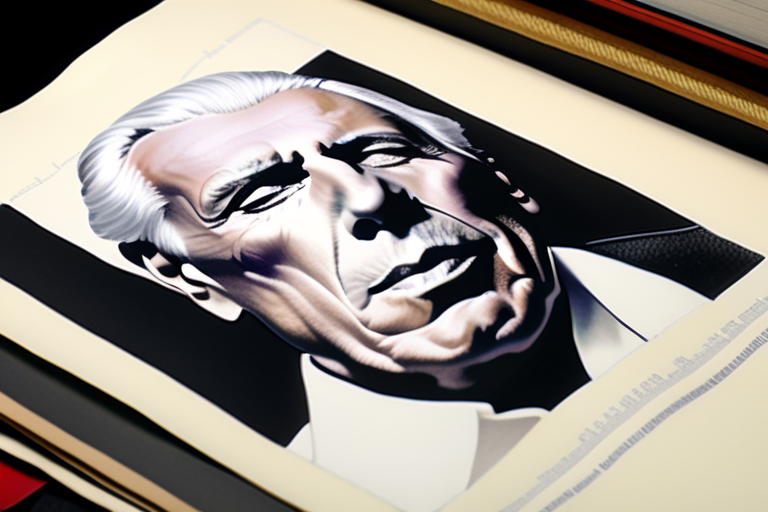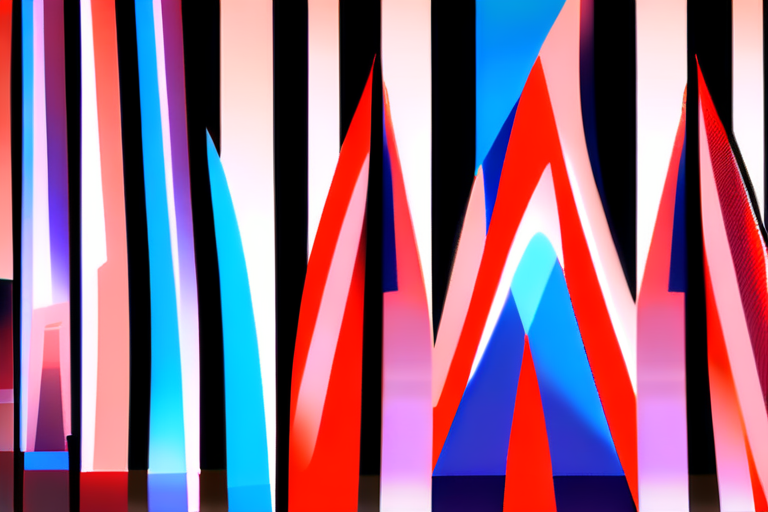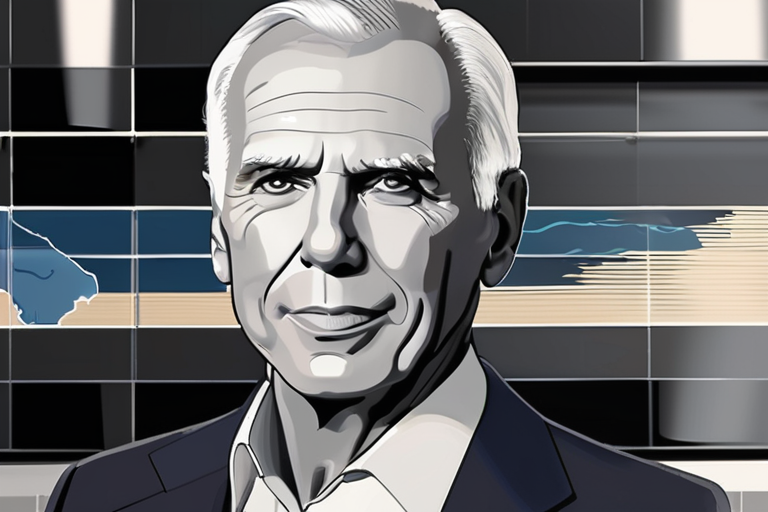Lucio Fontana Redefines Modern Art: A Global Legacy Born from Argentine Roots


Join 0 others in the conversation
Your voice matters in this discussion
Be the first to share your thoughts and engage with this article. Your perspective matters!
Discover articles from our community
 Hoppi
Hoppi
 Hoppi
Hoppi

 Hoppi
Hoppi

 Hoppi
Hoppi

 Hoppi
Hoppi

 Hoppi
Hoppi
Breaking News: Fashion Icon Giorgio Armani Passes Away at 91 Giorgio Armani, the renowned Italian fashion designer, has passed away …

Hoppi
Breaking News: Giorgio Armani Dies at 91 Legendary Italian fashion designer Giorgio Armani has died suddenly at the age of …

Hoppi

BREAKING NEWS UPDATE Legendary Italian designer Giorgio Armani dies4 hours agoShareSaveAnnabel RackhamCulture reporter ShareSaveGetty ImagesArmani reimagined and modernised women's and …

Hoppi

A police car stands outside the house in Mar del Plata that was raided in the search for a painting …

Hoppi

Mourners Pay Their Respects to Giorgio Armani in Milan Thousands of people flocked to the fashion district of Milan on …

Hoppi

Giorgio Armani's Legacy Lives On Through These Five Designers The fashion world was left reeling last week with the passing …

Hoppi